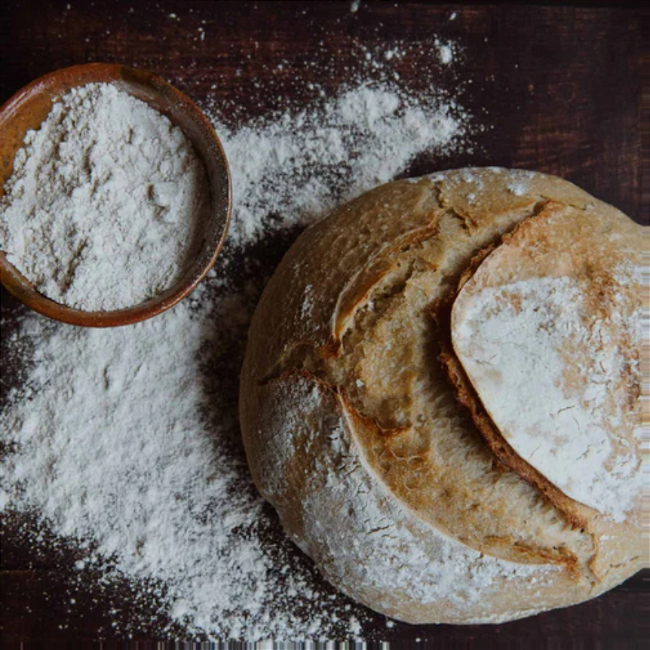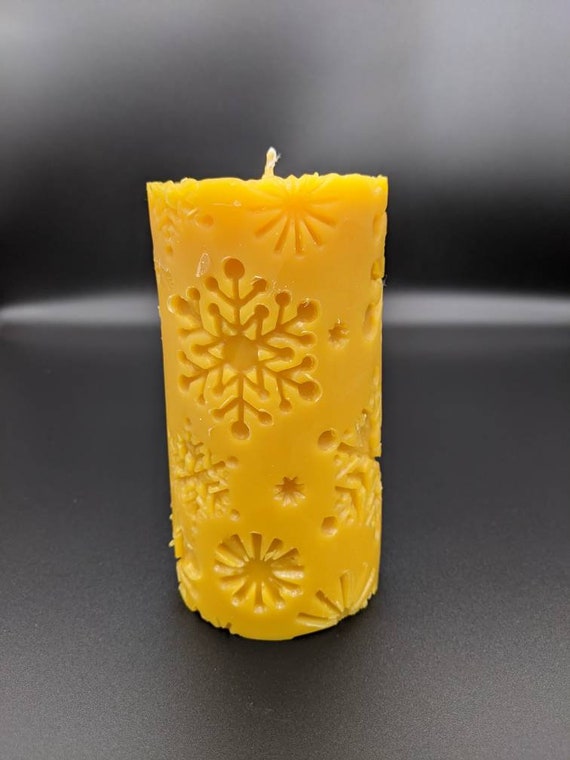
Homestead Hearth: Beeswax, Bread, and a Solstice Stroll
The winter solstice. A time when the world holds its breath, suspended between the dying year and the promise of new beginnings. Here on the homestead, under the watchful eye of the full moon casting silver shadows across the snow-covered fields, a profound stillness settles in. The air is crisp, biting with the scent of pine, and the only sound is the gentle crackle of the fire in the hearth, a beacon of warmth and light against the long night. This is a time for slowing down, for turning inward, and for connecting with the heart of our home and family. We trade the frenzied pace of consumerism for simple, meaningful activities, drawing on the natural resources around us to create a sustainable and fulfilling holiday experience. There is a deep contentment in crafting something with your own hands, a tangible connection to the earth and the rhythms of the season.
Homesteading, at its core, is about self-sufficiency, resourcefulness, and a profound respect for the earth. It’s about knowing where your food comes from, understanding the cycles of nature, and finding joy in the everyday tasks that sustain life. And what better time to embody these principles than during the Winter Solstice? Our family celebrates Yule with three simple yet profound traditions centered around the hearth: crafting beeswax candles, baking sourdough bread, and embracing a solstice nature walk.
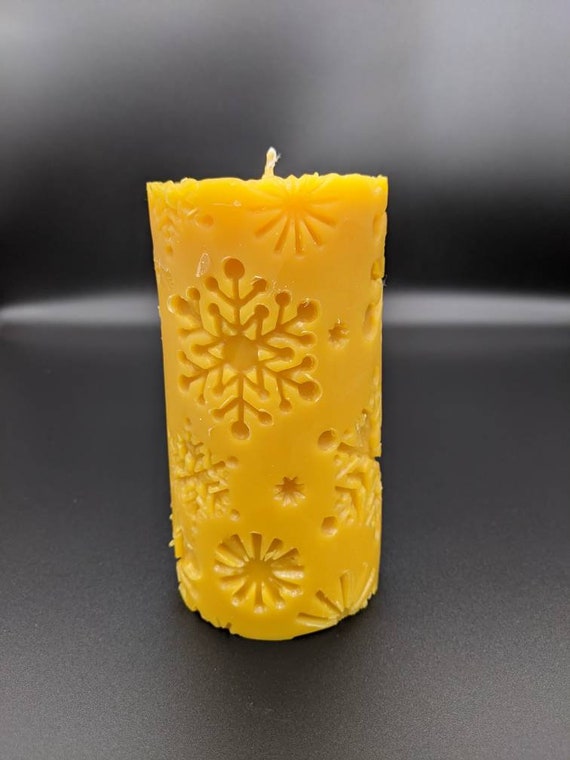
Crafting Beeswax Candles with Foraged Herbs
There's a certain magic to beeswax candles that paraffin candles simply can't replicate. Beyond the subtle, sweet honey scent that fills the room, beeswax offers a clean, soot-free burn, creating a cozy and inviting atmosphere. As an added bonus, beeswax candles naturally purify the air, releasing negative ions that help to neutralize pollutants. This year, we’re taking our candle making a step further by incorporating foraged herbs from our own garden and surrounding land.
Here’s our simple step-by-step guide for crafting these fragrant and beautiful beeswax candles:
Materials:
- 1 pound of pure beeswax pastilles
- Pre-waxed cotton wicking (size #2 for small jars, #4 for larger)
- Double boiler or heat-safe Pyrex bowl and stainless-steel saucepan
- Digital thermometer
- Foraged dried herbs (1/4 cup dried lavender buds, 1/4 cup dried rosemary needles, 1/4 cup dried thyme leaves – from your garden or responsibly foraged)
- Six 4-oz mason jars and two 8-oz metal tins
- Six 6-inch wooden skewers or eight clothespins
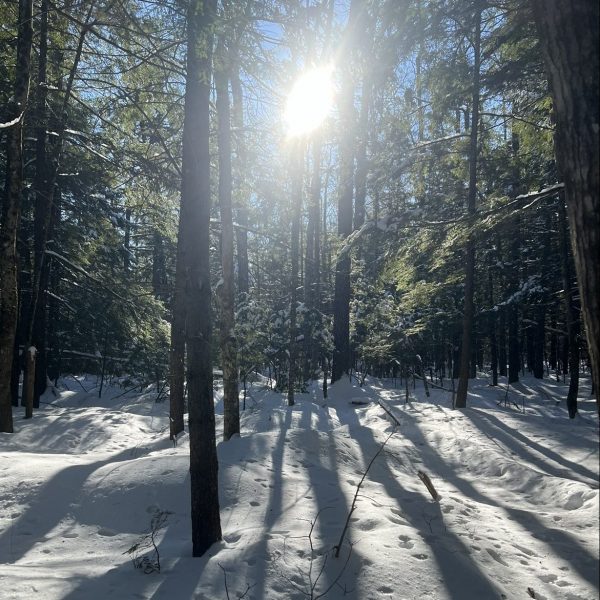
Instructions:
- Melt the beeswax pastilles in a double boiler or heat-safe Pyrex bowl set over a stainless-steel saucepan of simmering water. Monitor the temperature with a digital thermometer, ensuring it does not exceed 185°F (85°C).
- Prepare the mason jars and metal tins by attaching the pre-waxed cotton wicking to the bottom using a small dab of hot beeswax from the melting pot. Use a wooden skewer or clothespin to center the wick at the top of the container, securing it in place.
- Once the beeswax is fully melted, let it cool slightly (to around 160°F/71°C). This prevents the herbs from sinking to the bottom.
- Add the foraged dried herbs (lavender buds, rosemary needles, thyme leaves) to the melted beeswax, stirring gently with a wooden spoon to distribute them evenly throughout the mixture.
- Carefully pour the beeswax mixture into the prepared mason jars and metal tins, leaving about an inch of space at the top. Avoid overfilling.
- Let the candles cool completely at room temperature, on a level surface. This may take several hours (at least 4 hours is optimal).
- Trim the wicks to about 1/4 inch using sharp scissors before lighting for the first time.
The aroma that fills the air as the herbs mingle with the warm beeswax is simply divine. We love to use different jars and tins to create a variety of candle sizes and shapes, adding a touch of visual interest to our home during the dark winter months. Consider adding essential oils for even greater aromatherapeutic benefit.
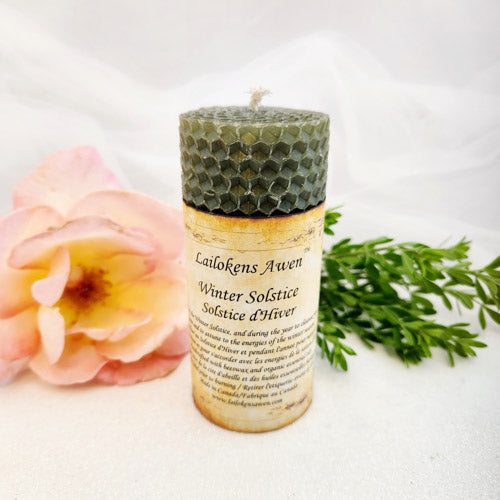
Heritage Grain Sourdough Bread Baking
Sourdough bread baking is a time-honored tradition, deeply connected to the roots of homesteading. The slow fermentation process not only creates a uniquely tangy flavor but also unlocks the nutritional benefits of the grains. This year, we’re using heritage grains like Einkorn and Red Fife for their robust flavor, superior nutrition, and unique textures. These grains add a depth of flavor that is simply unmatched. We will also use these loaves as rustic soup bowls.
Here's a simplified recipe for sourdough bread using heritage grains:
Ingredients:
- 1 cup sourdough starter (fed and active, bubbly and doubled in size)
- 2 cups freshly milled heritage grain flour (1 cup Einkorn, 1 cup Red Fife)
- 1 cup warm water (around 85°F/29°C)
- 1 teaspoon fine sea salt
Instructions:
- In a large ceramic bowl, combine the sourdough starter, freshly milled heritage grain flour (Einkorn and Red Fife), and warm water. Mix until a shaggy dough forms.
- Cover the bowl with a damp kitchen towel and let it rest for 30 minutes (autolyse).
- Add the fine sea salt and knead the dough for 5-7 minutes on a lightly floured surface, until smooth and elastic.
- Place the dough in a lightly oiled glass bowl, cover, and let it rise in a warm place (around 75°F/24°C) for 6-8 hours, or until doubled in size. Perform two coil folds during the first two hours of bulk fermentation.
- Preheat a wood-fired oven to 450°F (232°C) or a conventional oven with a cast-iron Dutch oven inside.
- Gently shape the dough into a round boule and place it in the preheated Dutch oven lined with parchment paper. Score the top of the dough with a sharp knife or lame.
- Bake for 20 minutes with the lid on, then remove the lid and bake for another 20-25 minutes, or until the crust is deeply golden brown and the internal temperature reaches 200°F (93°C). Let cool slightly before hollowing out for soup.
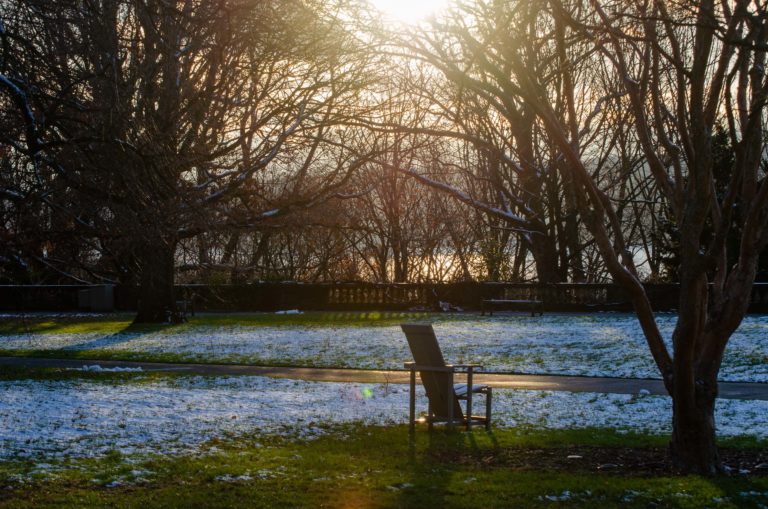
The key to great sourdough is a well-maintained starter and high-quality flour. Experiment with different grains to create unique flavor profiles. There's nothing quite like the satisfying crackle of a freshly baked loaf.
Winter Solstice Nature Walk and Gratitude Share
On the shortest day of the year, we venture out for a winter solstice nature walk. This is a time to connect with the land, to observe the subtle changes in the natural world, and to appreciate the beauty that persists even in the depths of winter.

Identifying animal tracks in the snow is a fun and educational activity. Dress warmly and bring a field guide to help you identify different tracks. Look for the distinct cloven hoofprints of white-tailed deer, the paired tracks of eastern cottontail rabbits, and the five-toed prints of squirrels. Pay attention to the size, shape, and gait pattern of each track. You might also find other signs of animal activity, such as scat and gnawed branches.
After our nature walk, we gather around the hearth for a journaling reflection and family gratitude share. We write down our observations from the walk, reflecting on the beauty and resilience of nature. Then, each person shares something they are grateful for, focusing on the simple blessings of life on the homestead: a warm home, a loving family, a bountiful harvest, and the promise of spring.
Sensory Experience and Winter Rituals
The sensory experience of celebrating the Winter Solstice is rich and profound. The warm glow of beeswax candles illuminates the room with a soft, amber light. The earthy aroma of freshly baked sourdough bread fills the air. The crispness of the winter air invigorates the senses. This creates a deep connection with nature and loved ones, all while enjoying the comforting warmth of a shared meal of hearty soup in sourdough bread bowls.

We incorporate traditional Yule traditions into our celebration, telling folk tales around the fire, singing carols a cappella, and sharing a meal of hearty potato and leek soup simmered in bone broth in our sourdough bread bowls. These rituals connect us to our ancestors and to the deep, ancient wisdom of the earth.
Conclusion
There is a profound joy in celebrating the Winter Solstice in a meaningful and sustainable way. By embracing the traditions of Yule, crafting with natural resources, and connecting with nature and family, we can create a truly fulfilling holiday experience.
Embrace the darkness as a time for reflection and planning for the year ahead. Welcome the returning light with hope, renewed energy, and anticipation.
Share your Yule celebrations with us! Tag @BetterHomesandHarvests on social media and use the hashtag #BHYuleHearth. Let us know what heritage grains you use! We love to see how other homesteaders are celebrating this special time of year.
